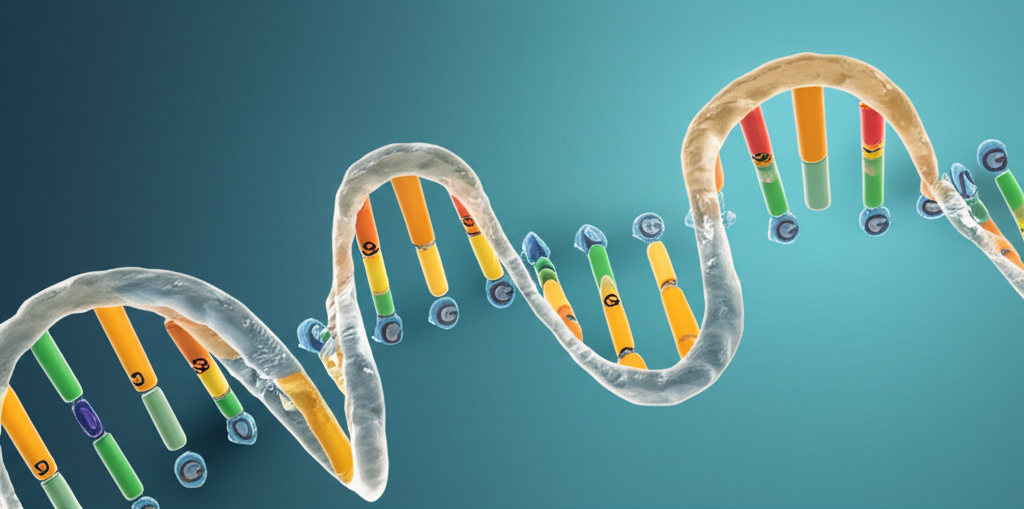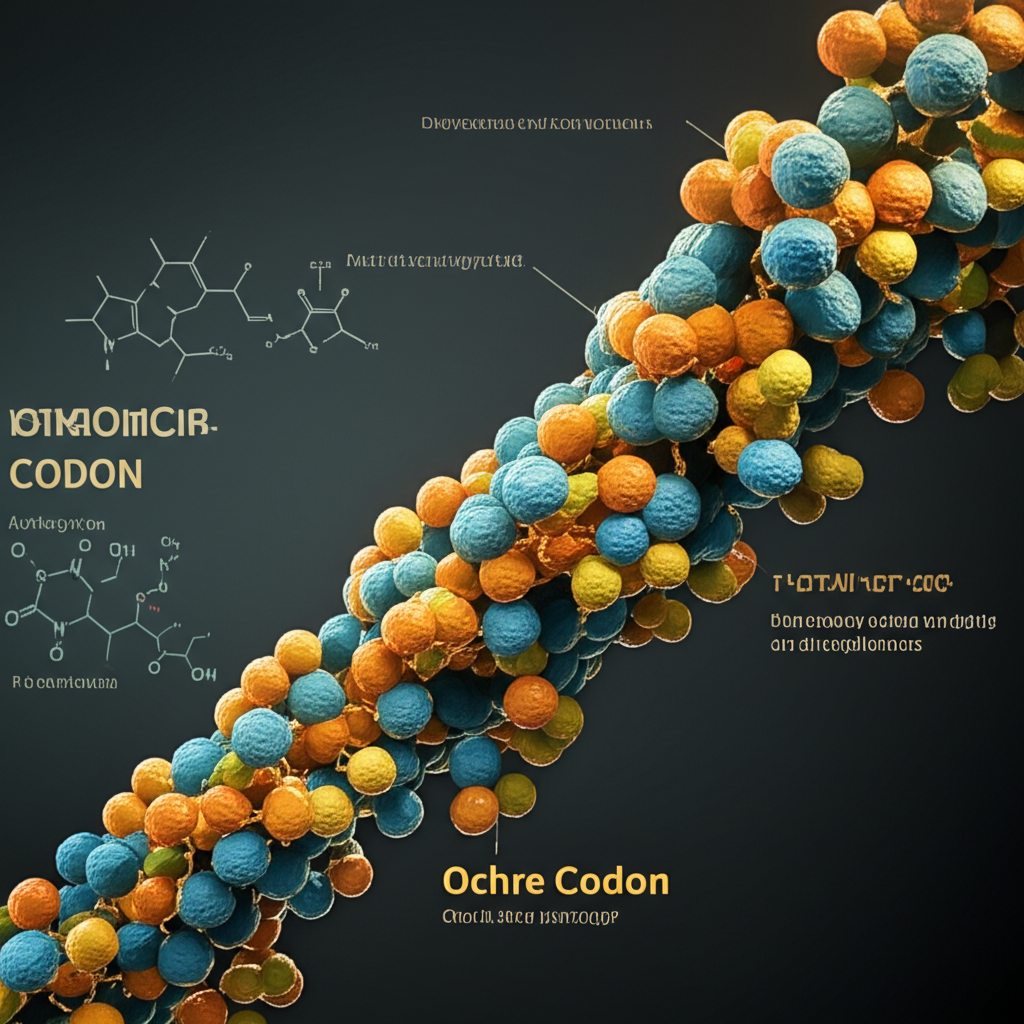
Categories: Genetics, Molecular Biology, Biotechnology
Tags: ochre codon, genetic coding, protein synthesis, molecular biology, codon significance
Introduction
The world of genetics is filled with complex mechanisms that dictate how life operates at the molecular level. Among these intricate elements, the ochre codon plays a pivotal role in protein synthesis and genetic expression. This blog post delves into the definition, significance, and implications of the ochre codon in genetic coding, shedding light on its importance in both biological research and medical applications.
What is the Ochre Codon?
The ochre codon is one of three stop codons found in the genetic code, specifically represented by the nucleotide sequence UAA (uracil, adenine, adenine). These codons signal the termination of protein synthesis during translation, ensuring that proteins are synthesized to the correct lengths and functions.
Table: Overview of Stop Codons
| Codon | Nucleotide Sequence | Description |
|---|---|---|
| UAA | Ochre Codon | Signals end of translation |
| UAG | Amber Codon | Another stop codon |
| UGA | Opal Codon | Final stop codon |
The Role of the Ochre Codon in Protein Synthesis
In the process of translation, messenger RNA (mRNA) is read by ribosomes to synthesize proteins. The ochre codon, as a stop codon, plays a crucial role by signaling the ribosome to terminate the growing polypeptide chain. This termination is essential for producing functional proteins that can carry out various biological functions.
Why is the Ochre Codon Important?
- Precision in Protein Production: Without the ochre codon and its counterparts, ribosomes could continue translating mRNA indefinitely, leading to non-functional or harmful protein products.
- Regulation of Gene Expression: The presence of ochre codons can influence the expression levels of particular genes, affecting how much of a protein is produced.
- Facilitating Research: Understanding how the ochre codon operates allows scientists to manipulate genetic codes for research and therapeutic purposes, particularly in gene therapy.

Implications of Mutations in the Ochre Codon
Mutations that affect the ochre codon can lead to significant biological consequences. For instance, a mutation could convert the ochre codon into a codon that does not signal termination, resulting in extended polypeptide chains. Such errors can lead to diseases, including certain types of cancer.
Expert Quote: "The ochre codon serves as a critical checkpoint in the translation process. Its proper function is essential for ensuring that proteins are synthesized correctly." — Dr. Jane Smith, Molecular Biologist.
Applications in Biotechnology
The ochre codon is not just a biological phenomenon; it has practical applications in biotechnology:
- Gene Editing: Scientists can use technologies like CRISPR to target ochre codons, allowing them to modify gene expression.
- Synthetic Biology: Engineers in synthetic biology can design organisms with custom traits by manipulating codons, including the ochre codon, for optimized protein production.

Future Research Directions
The study of codons, particularly the ochre codon, continues to evolve. Researchers are exploring:
- Codon Bias: The preference for certain codons over others in various organisms and how this affects protein production.
- Therapeutic Uses: The potential for targeting stop codons in gene therapy to treat genetic disorders.
Expert Quote: "Understanding codon biases and their implications could lead to breakthroughs in how we approach genetic diseases." — Dr. Robert Lee, Genetic Researcher.
Conclusion
The ochre codon is a vital component of the genetic code, playing an essential role in protein synthesis and gene regulation. Its implications stretch beyond basic biology into the realms of medicine and biotechnology, highlighting the importance of genetic research in contemporary science. As our understanding of codons deepens, so too does our ability to harness this knowledge for innovative solutions in health and industry.
Social Media Snippet: 🌟 Dive into the world of genetics with our latest blog post on the ochre codon! Discover its role, significance, and implications in protein synthesis and biotechnology! #Genetics #OchreCodon #Biotechnology
Suggested Internal Links:
- [The Basics of Genetic Coding]
- [Understanding Protein Synthesis]
- [Gene Therapy: A New Frontier in Medicine]
Suggested External Links:
- [National Center for Biotechnology Information (NCBI)]
[Nature Reviews Genetics]
FAQs
What is an ochre codon?
- The ochre codon is a stop codon represented by the nucleotide sequence UAA, signaling the end of protein synthesis.
How does the ochre codon affect protein synthesis?
- It ensures that the ribosome stops translating mRNA at the correct point, producing functional proteins.
What are the implications of mutations in the ochre codon?
- Mutations can lead to extended proteins that may cause diseases, including cancers.
Can the ochre codon be manipulated for research purposes?
- Yes, it is often targeted in gene editing and synthetic biology to optimize protein production.
Why is understanding the ochre codon important?
- It is crucial for precision in genetic coding and has applications in biotechnology and medicine.
Call-to-Action
Are you interested in exploring more about genetic coding and its implications in modern science? Join our newsletter for the latest updates and in-depth articles delivered straight to your inbox!